Stereotypes are both positive and negative ideas and beliefs that we develop of a certain group. It is these stereotypes that go on to take the form of prejudices- dislike, fear, discomfort, hatred, etc. These stereotypes and prejudices guide our behaviour towards the group in question and may lead to discrimination. One section which is often at the receiving end of this stereotyping and discrimination are the Muslim women in India. Muslim women are often imagined and portrayed as oppressed victims, docile, powerless, excluded, voiceless and marginalised. The major stereotypes that Muslim women are confronted with are around education, marital rights and freedom.
Education
It is widely held that Islam does not give its women the right to pursue education and empower themselves. Contrary to this belief, Islam stresses on the need for acquisition of knowledge and critical thinking. Education is a responsibility and a right of all Muslims, be it men or women. If one were to look at Islamic history one can find numerous examples of Muslim women who acquired knowledge and made use of their intellectual faculties.
Instead of blaming Islam, it is more feasible to connect the educational backwardness, in comparison to other communities, to factors like lack of opportunities, poor access to schools, the low quality of education that is imparted in schools in Muslim localities, etc.
Two of such women were the wives of the Prophet- Hazrat Khadija and Hazrat Aisha. Hazrat Khadija, the first wife of the Prophet, was a well-known and wealthy businesswoman exporting goods. His youngest wife, Hazrat Aisha, was a great Islamic scholar who had memorized and could narrate over two thousand hadiths and even taught a number of eminent scholars. Her role in encouraging women to educate themselves in Islamic laws and teachings stands as a great example of how female education is neither discouraged nor looked down upon in Islam.

It is vital to acknowledge that educational consciousness for women is rising among most Muslim families today and women are being encouraged to become economically independent. Instead of blaming Islam, it is more feasible to connect the educational backwardness, in comparison to other communities, to factors like lack of opportunities, poor access to schools, the low quality of education that is imparted in schools in Muslim localities, etc.
Marital Rights
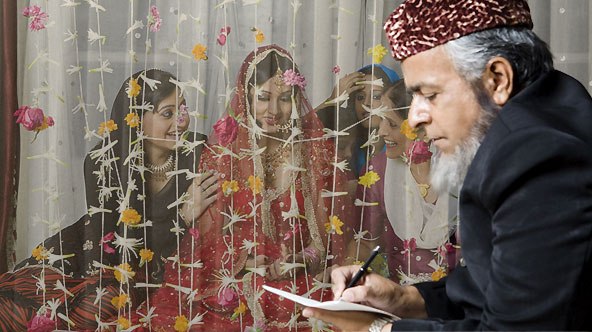
It is believed that Muslim women are not given a choice when it comes to their marriage. In this regard, it is important to highlight that Islam was the first to establish marriage as a legal contract between a man and a woman with the full consent of the two of their free wills. In fact, Islam makes it obligatory for the parents to seek the permission of the girl before fixing her marriage. The woman has the absolute right to accept or reject a proposal. Not only that, Islam also allowed the widows to remarry at a time when it was still a taboo. A woman, who is capable of taking care of her financially, can even choose not to marry and lead a life seeking knowledge and putting it into appropriate use.
In fact, Islam makes it obligatory for the parents to seek the permission of the girl before fixing her marriage. The woman has the absolute right to accept or reject a proposal.
Freedom
It is presumed that Muslim women have no freedom and are frequently branded as oppressed stay-at-home mothers or terrorist wives. One of the most important symbols of this oppression and lack of freedom is believed to be the hijab or the burqa. Islam definitely requires women to observe purdah but this in no way places an obligation on the woman to remain behind closed doors. Islam prescribes both men and women to dress modestly. The prevalent idea is that if Muslim women had the option and liberty, they wouldn’t ever wear the veil.
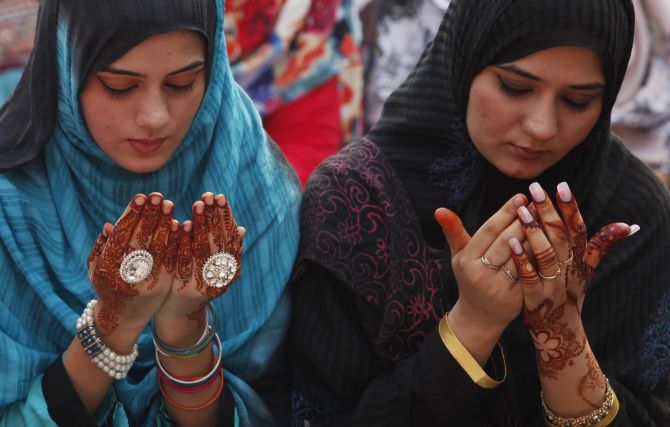
However, what’s worth noting is the fact that many Muslim women are choosing to wear the burqa even when there is no obligation on them by their family members, because they see it as a way of asserting their distinctive cultural identity and because they have been using it as a way to build a positive group identity and for self affirmation. Today, many young Muslim women are now blending the hijab and the burqa with fashion, accepting them as signs of modesty while at the same time using it as a way of showing that they are not impervious to modernization and social change. They argue that if showing the skin can be a choice so is covering it.
Imagining the Muslim women as only helpless housewives not only leads to a systematic devaluation of the work that women do at home but also again overlooks the fact that many Muslim women engage in paid work of varied kinds and the reality that staying at home. It is equally important to stop creating dichotomies like extreme Muslim women, who wear a veil and fulfill their duties as daughters, wives and mothers, and moderate Muslim women, who are westernized, who pursue a career,etc. Such binaries overlook the agency that these women exercise and uses only religion as a parameter to judge them.
Also read: Is The Muslim Women Act Just?: Voices From The Ground
Triple Talaq
The Muslim women are often portrayed as the one who continuously needs to be saved from the Muslim man, who is invariably patriarchal, misogynistic and a fundamentalist. It was on this pretext that the ‘war on terror’ was waged by the United States. Similarly, the colonial rule in India was also justified on the grounds that the Hindu woman has to be saved from the Hindu man. This helps in establishing and consolidating a sense of superiority of the one who is trying to save the supposed victim.
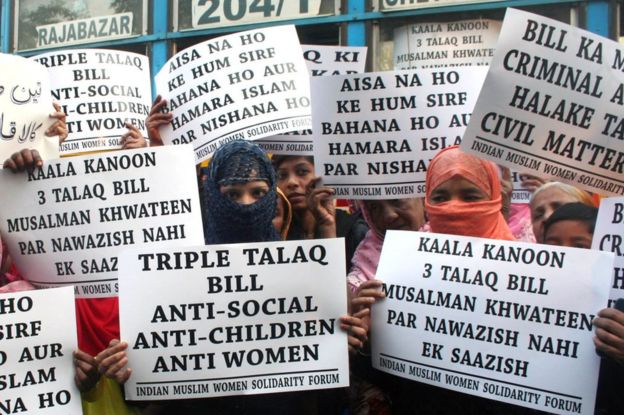
Recently, when the issue of Triple Talaq was being raised, this idea that it is only the Hindu man who can save the Muslim woman from the beast that a Muslim man is, was predominantly and continuously vocally expressed and advertised. The big media houses celebrated the ban on the practice as the scrapping of a 1400 year old oppressive Islamic law, not realising or deliberately concealing the fact that Triple Talaq or instant divorce is alien to the Quran.
According to the Quran, a man after pronouncing the first talaq has to wait for the completion of his wife’s iddat, which lasts a period of three months, before pronouncing the second talaq. He has to wait for a similar period before proclaiming the third and final talaq. If that’s the case then it only creates a gap between the actual prescriptions of Islam and malpractices occurring due to misinterpretation of laws.
These stereotypes obscure the complex realities of life. Instead of attributing these to Islam, it is more important to link them to lack of opportunities, socio-economic and political roadblocks and prevailing cultural patriarchal norms. Historically, the partition of the country had disastrous effects for the population in question: mass killing, loss of property, dislocation, migration of the elite population, etc. It is pertinent to connect the lower educational levels, economic backwardness to these historical conditions and also to the depreciating opportunities for the community in the present times.
Also read: Why Are Muslim Men & Women Opposed To The Triple Talaq Bill?
At a point when a host of Indian Muslim women are breaking stereotypes by assuming leadership roles and powerful positions, it is absolutely necessary to stop essentializing the Muslim women and recognise the rights that these women posses and exercise. It is imperative to acknowledge that violence and oppression is not just specific to Islam and that these taboos and psychological conditionings further prevent the concerned’s participation and instills a sense of discrimination which does not allow them to use their potential.
Featured Image Source: Al Jazeera
About the author(s)
Yashfeen has completed her B.A in sociology from St. Xavier's College, Kolkata and M.A from Jadavpur University. She loves engaging with sociological literature and enjoys bingewatching and spending her time with her family and friends.
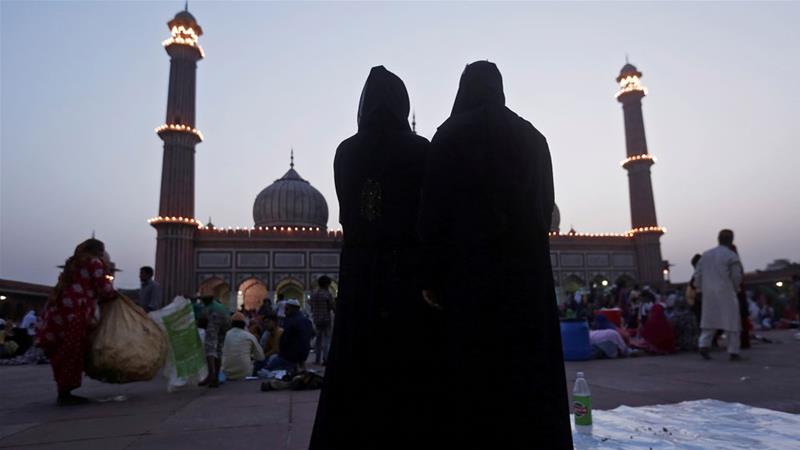
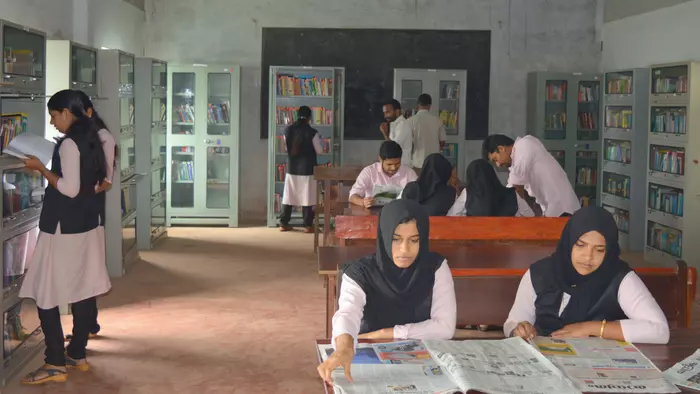
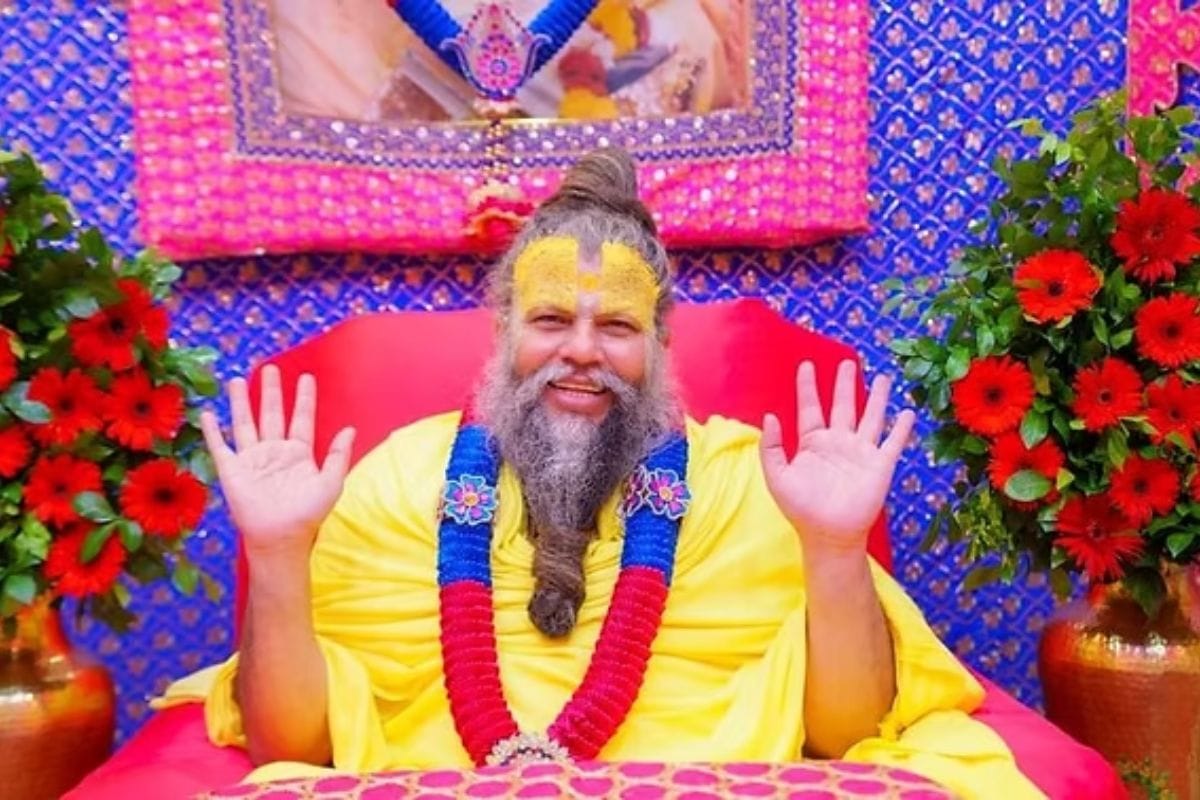


Good job…????
keep it up!!
Insightful.